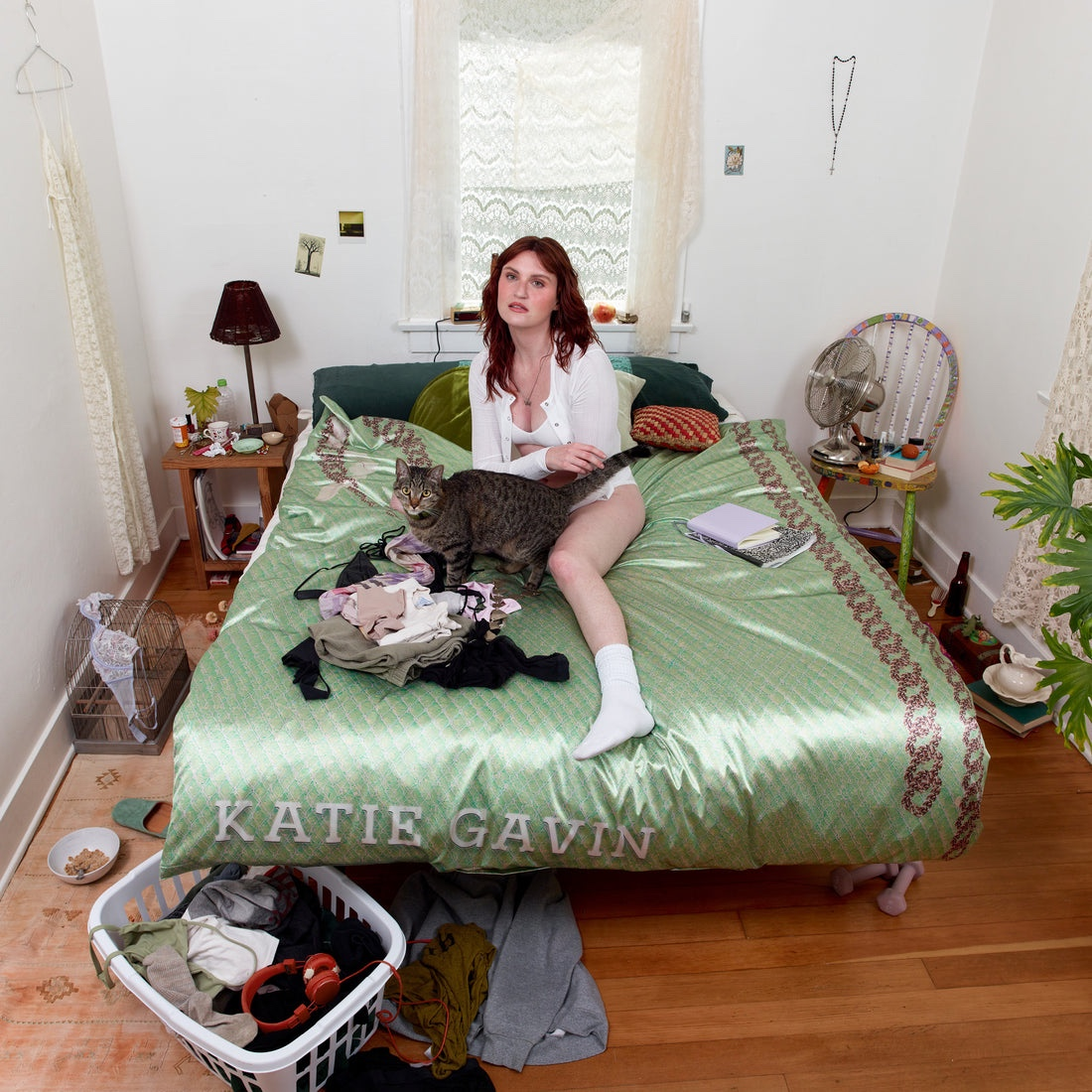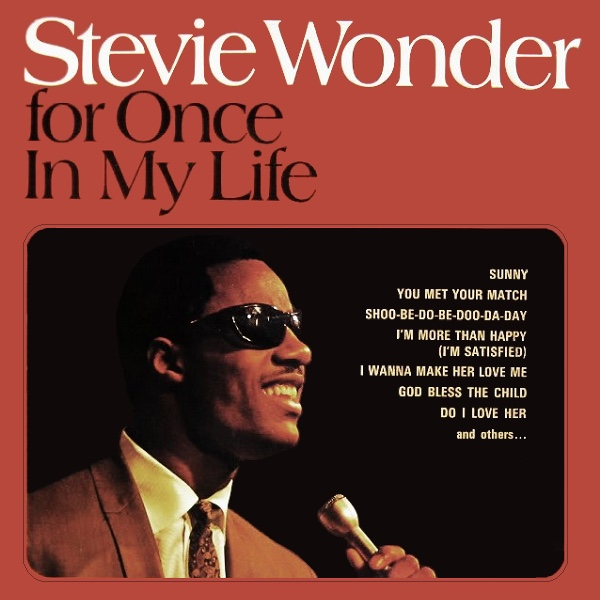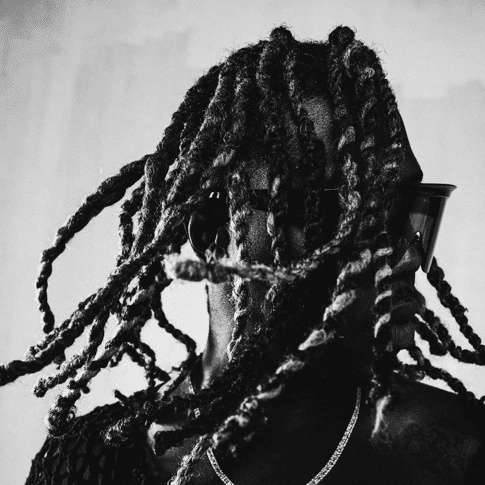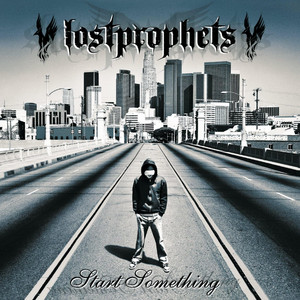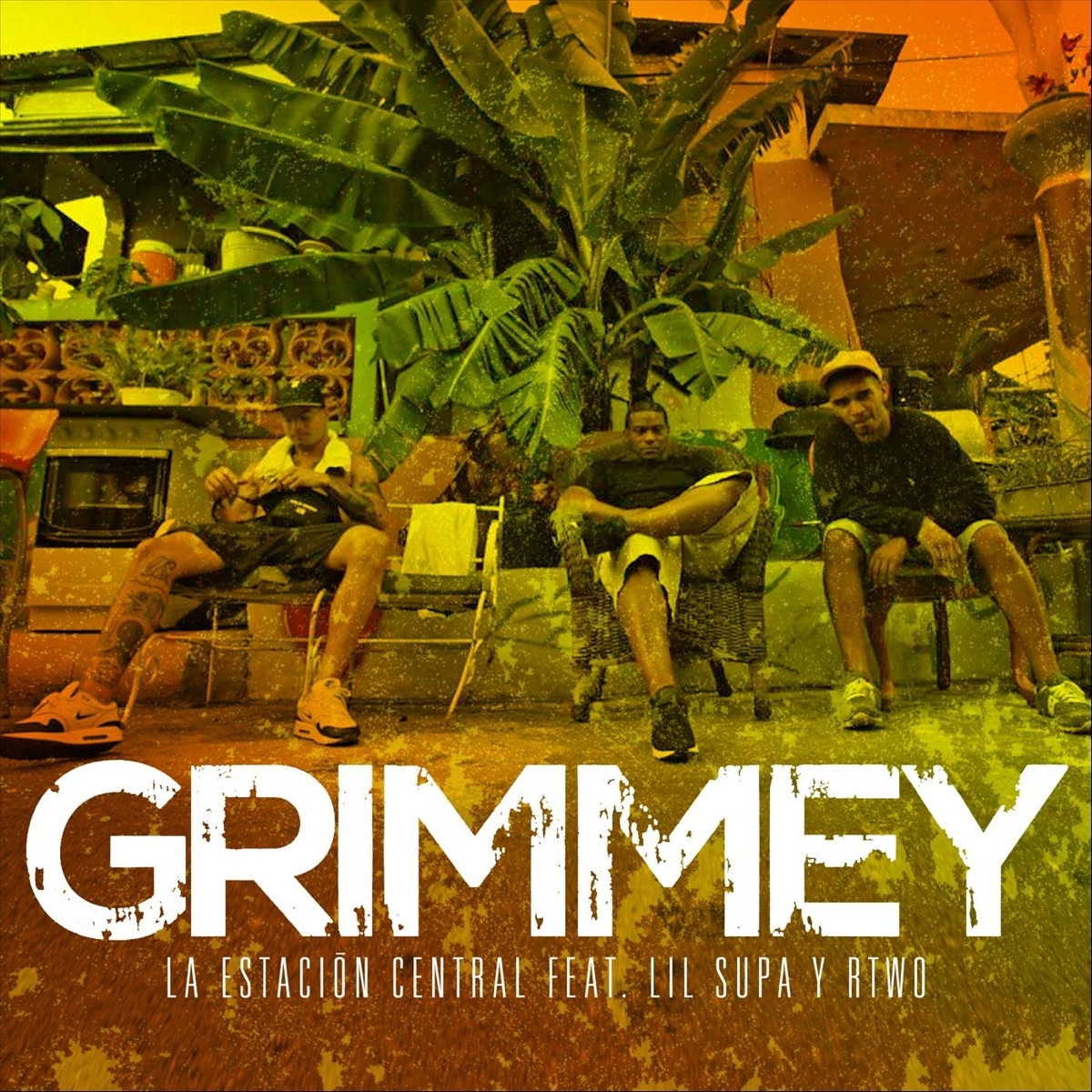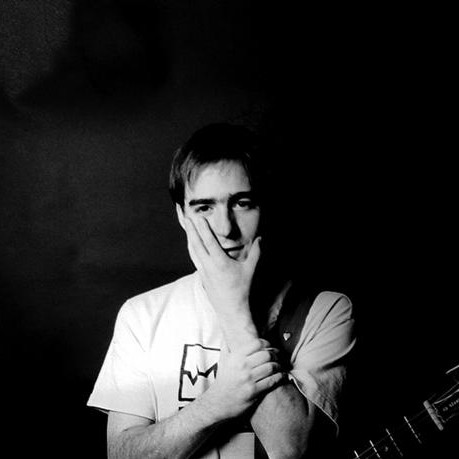
Interview with Kehinde Wiley: Interview Magazine M.I.A.
На этой странице вы найдете полный текст песни "Interview with Kehinde Wiley: Interview Magazine" от M.I.A.. Lyrxo предлагает вам самый полный и точный текст этой композиции без лишних отвлекающих факторов. Узнайте все куплеты и припев, чтобы лучше понять любимую песню и насладиться ею в полной мере. Идеально для фанатов и всех, кто ценит качественную музыку.

M.I.A.: I wanted to ask you about the progression of your work these days. How are you finding it? Because New York is a really different place to make art compared to what it used to be.
KEHINDE WILEY: I came here almost 10 years ago now. It was my first experience of making a life for myself outside of school, and my career kind of snowballed at once. So there's really not much in the way of an alternative experience for me to contrast it with. These days I'm spending quite a bit of time on the road, which finally has allowed me to get some perspective. I'm starting a new project where I open up studios in different nations and do street casting. I just got back from Brazil and Nigeria and Senegal. Actually, tomorrow I'm leaving for New Delhi.M: Does leaving New York change your art?
KW: That type of process becomes the work in many ways-physically removing yourself from what your work was based on before. By and large what I'd been doing was mining the streets of African America, using a sort of urban vernacular. That changes radically when you remove yourself physically, especially around the world.
M: Manhattan seems pretty developed, you know what I mean? Like it has peaked in culture. The Village Voice called it McHattan. It's just become impossible for young, creative artists to live in New York.
KW: Where do you find it most fruitful to work?
M: I think traveling really helps. I know some musicians who have studios in Trinidad. There's a collective of artists and painters there now who went to Central Saint Martins College [in London] with me. They live there and make art. It's neat to see that-[people] not led by money or pretentiousness. It's a small community, but you really have the space to observe and digest the culture. You go to a place where social commentary is rare and important and you can serve people. That's what's inspiring to me-finding someplace where people haven't already seen themselves in a certain light.
KW: Yeah, I know.
M: You create that light, you create that visual or image.
In America, everything has been done. We've had everything. And now we're rerunning what's already been done.
KW: Right, recycling. The recycled object.
M: Exactly! I performed at a show at the MoMA. There was this big dinner there, and I was seated in this hall with the mayor of New York and all these extremely wealthy art-
supporting and art-buying people. There was a piece of work hanging in the hall-it was a fan. This fan was supposed to swing by the momentum of its own propeller. So, while we were having dinner, the fan was stopped, and the guy next to me, a curator at P.S.1, said, "Look, this is what art symbolizes today." Like, that piece of art is supposed to be moving, but just to have dinner we've stopped the art. That's what New York is like today. You can't have real art happen in an institution because rich people can make the world stop. The stuff on the street is a lot more interesting.
NEW YORK, THERE IS ALMOST A FEELING OF ENTITLEMENT BY THE PUBLIC—THIS VERY PALPABLE LACK OF SURPRISE AT BEING STOPPED IN THE STREET AND BEING ASKED TO BE THE SUBJECT OF A 12-FOOT MONUMENTAL PAINTING.
—KEHINDE WILEY
KEHINDE WILEY: I came here almost 10 years ago now. It was my first experience of making a life for myself outside of school, and my career kind of snowballed at once. So there's really not much in the way of an alternative experience for me to contrast it with. These days I'm spending quite a bit of time on the road, which finally has allowed me to get some perspective. I'm starting a new project where I open up studios in different nations and do street casting. I just got back from Brazil and Nigeria and Senegal. Actually, tomorrow I'm leaving for New Delhi.M: Does leaving New York change your art?
KW: That type of process becomes the work in many ways-physically removing yourself from what your work was based on before. By and large what I'd been doing was mining the streets of African America, using a sort of urban vernacular. That changes radically when you remove yourself physically, especially around the world.
M: Manhattan seems pretty developed, you know what I mean? Like it has peaked in culture. The Village Voice called it McHattan. It's just become impossible for young, creative artists to live in New York.
KW: Where do you find it most fruitful to work?
M: I think traveling really helps. I know some musicians who have studios in Trinidad. There's a collective of artists and painters there now who went to Central Saint Martins College [in London] with me. They live there and make art. It's neat to see that-[people] not led by money or pretentiousness. It's a small community, but you really have the space to observe and digest the culture. You go to a place where social commentary is rare and important and you can serve people. That's what's inspiring to me-finding someplace where people haven't already seen themselves in a certain light.
KW: Yeah, I know.
M: You create that light, you create that visual or image.
In America, everything has been done. We've had everything. And now we're rerunning what's already been done.
KW: Right, recycling. The recycled object.
M: Exactly! I performed at a show at the MoMA. There was this big dinner there, and I was seated in this hall with the mayor of New York and all these extremely wealthy art-
supporting and art-buying people. There was a piece of work hanging in the hall-it was a fan. This fan was supposed to swing by the momentum of its own propeller. So, while we were having dinner, the fan was stopped, and the guy next to me, a curator at P.S.1, said, "Look, this is what art symbolizes today." Like, that piece of art is supposed to be moving, but just to have dinner we've stopped the art. That's what New York is like today. You can't have real art happen in an institution because rich people can make the world stop. The stuff on the street is a lot more interesting.
NEW YORK, THERE IS ALMOST A FEELING OF ENTITLEMENT BY THE PUBLIC—THIS VERY PALPABLE LACK OF SURPRISE AT BEING STOPPED IN THE STREET AND BEING ASKED TO BE THE SUBJECT OF A 12-FOOT MONUMENTAL PAINTING.
—KEHINDE WILEY
Комментарии (0)
Минимальная длина комментария — 50 символов.

